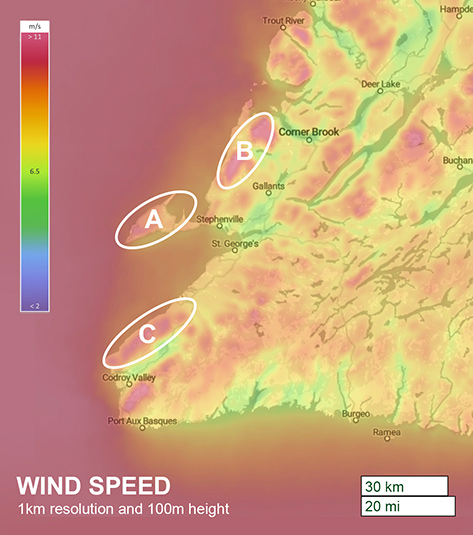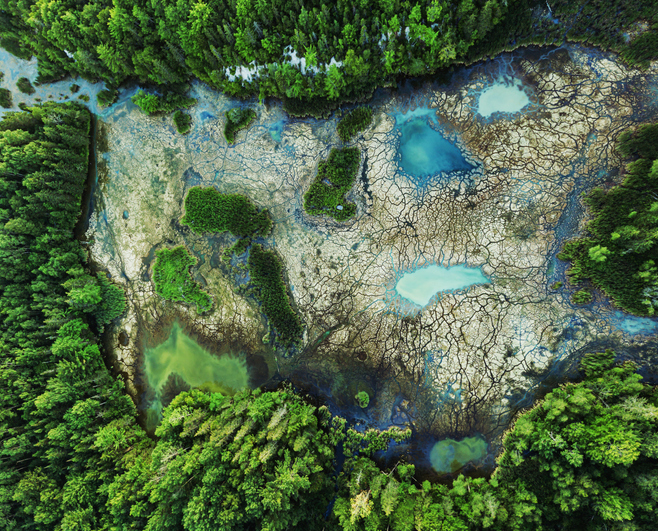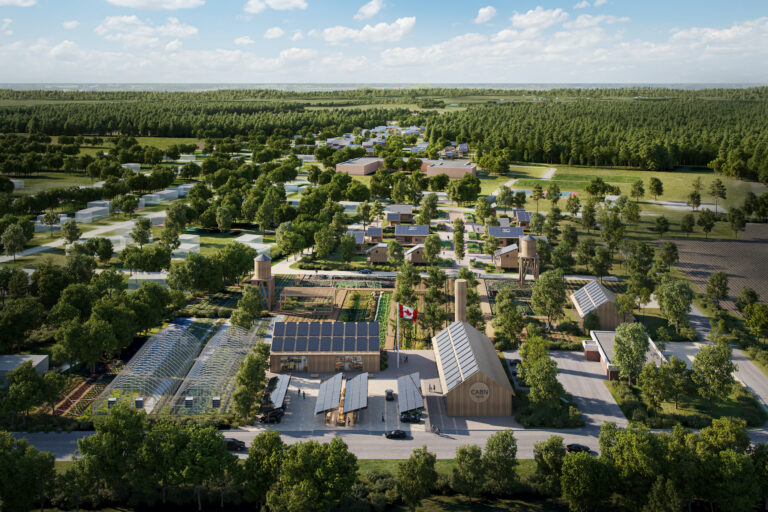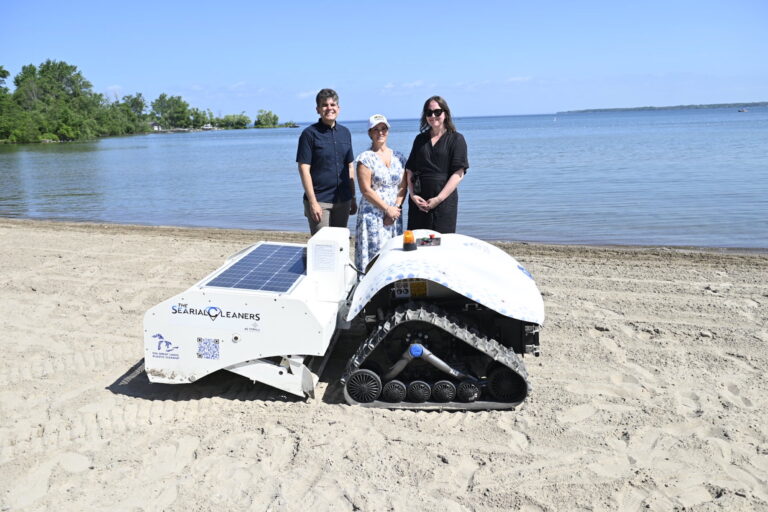Tuesday, July 1, 2025
The Government of Canada is supporting the development of Canada’s first commercial-scale green hydrogen and ammonia facility in Newfoundland and Labrador.
World Energy GH2 and Export Development Canada recently reached an agreement on terms for a US$95 million (approximate CDN$128 million) credit facility to support the development of Project Nujio’qonik, located on the west coast of Newfoundland and Labrador. The project will help put Atlantic Canada on the global stage as a leader in clean energy.
“We are committed to reaching net-zero emissions by 2050 by prioritizing clean technology and energy leadership in Canada. The World Energy GH2 project is helping Canada become a top global supplier of hydrogen,” said Mary Ng, Minister of Export Promotion for International Trade and Economic Development.
Once complete, Project Nujio’qonik will produce approximately 210,000 tonnes of green hydrogen per year (1.2 million tonnes of green ammonia) with the first phase expected to produce approximately 400,000 tonnes of green ammonia for export. Project Nujio’qonik’s green hydrogen and ammonia will be RFNBO-compliant (renewable fuels of non-biological origin), and will meet Europe’s criteria for green hydrogen.

The targeted site area offers unique characteristics, including sturdy wind resource onshore and deep-water marine facilities in the region uniquely suited to hydrogen production and offloading. Credit: World Energy GH2.
“World Energy GH2 thanks EDC and the Government of Canada for its support in helping launch the green hydrogen industry here in Newfoundland and Labrador,” said Sean Leet, managing director and CEO of World Energy GH2. “This commitment from the federal government reflects the confidence we’ve built in Project Nujio’qonik, both here in Canada and internationally. By consistently achieving key de-risking milestones, we’ve confirmed that Project Nujio’qonik is one of the leading, commercial-scale green hydrogen projects in the world.”
The Hydrogen Strategy for Canada, released in December 2020, lays out the framework for actions that will position Canada as a world-leading producer, user and exporter of clean hydrogen and associated solutions in support of its net-zero emissions targets.
The Government of Canada also put forward details of the Clean Hydrogen Investment Tax Credit in Budget 2023. Tax support varies between 15 per cent and 40 per cent of eligible project costs. Projects that produce the lowest carbon-intensity hydrogen receive the highest levels of support.
Featured image of Stephenville, Newfoundland and Labrador: Credit: World Energy GH2.











